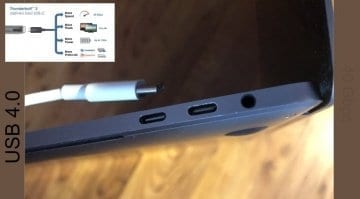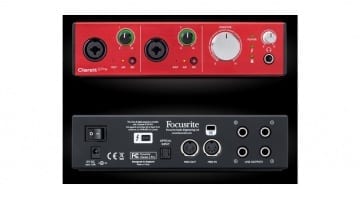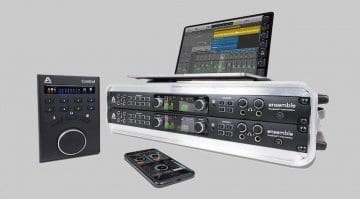USB 4.0 is the new Thunderbolt and could put an end to the cable/adapter craze
Something very interesting has happened in the realm of cables. The USB Implementers Forum, or USB-IF for short, announced specifications for USB 4.0. And, by the looks of it, the next-generation USB is pretty much a free-for-all Thunderbolt 3. Which is all kinds of good news for techies and gearheads alike.
As you may know, Thunderbolt 3 is a closed standard, if still royalty-free, therefore making Thunderbolt devices is somewhat more expensive than USB-equipped ones. Moreover, Thunderbolt connectivity is generally found in higher-end computers, unless you upgrade an incompatible PC with an optional controller card.
None of this makes Thunderbolt any less awesome, though – it has the kind of throughput to enable multi-channel, sub-millisecond latency recording and monitoring with audio interfaces, provided a decent Thunderbolt driver has been provided (for Windows, anyway). With its 40 Gbps throughput, USB 4.0 can carry an insane amount of hi-res digital audio, and that’s not all there is to it.
Charging power
It also supports up to 100W charging power (so we might deal away with power supplies, even on powerful, high-end audio interfaces) and is backwards-compatible with older USB standards. The connector is still the convenient Type-C plug that’s been showing up in more and more audio products, such as last year’s Focusrite Clarett interfaces and the recently unveiled Antelope Audio Edge Go digital mic. There’s also cross-compatibility between Thunderbolt 3 and USB 4.0 as standard, though it may be left up to manufacturers to take advantage of this possibility.
All in all, USB 4.0 sounds very promising for digital audio, and while I don’t see Thunderbolt 3 going away easily (for a while, at least), I’m pretty sure USB 4 will surpass it in terms of adoption. It’s not going to happen overnight, though. Over time, USB 4.0 will trickle down from more expensive computers and audio gear to more affordable products.
Besides, for the time being, few audio manufacturers are taking advantage of USB 3.0’s still-respectable transfer and charging speed, as they find USB 2.0 both fast and well-established enough to remain a dependable choice for your typical 4 to 8-channel mid-range interface. Either that, or they go Thunderbolt and flaunt sub-millisecond roundtrip latency figures, which is very nice, but not possible in each and every recording scenario.
Hopefully, USB 4.0 will make life easier both for manufacturers and consumers, finally realizing the one-port, one-cable concept that Thunderbolt was originally conceived with. At least on paper, it seems to have all it takes.








